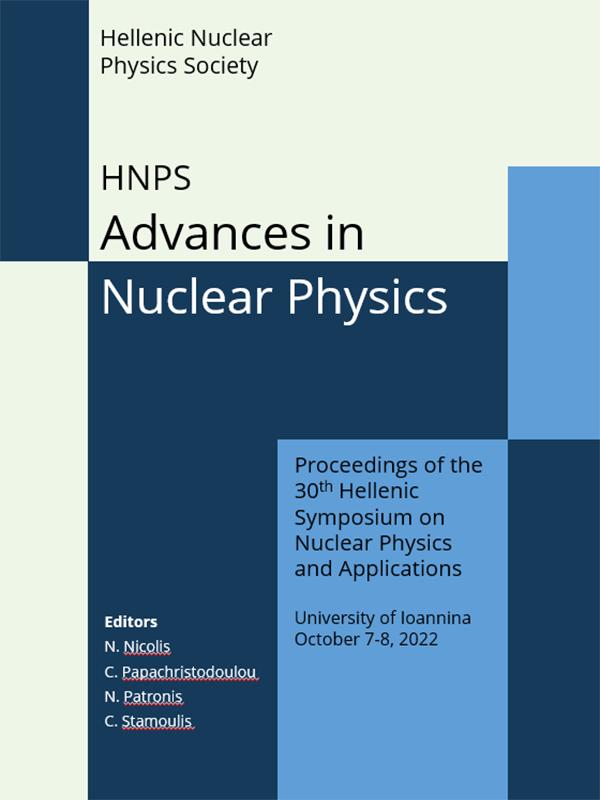Universal relations and finite temperature neutron stars

Abstract
In the past few years, a lot of studies devoted to the discovery of universal relations (equation of state independent relations). The significance of such expressions can be understood if we consider that they offer the opportunity for testing general relativity in a way that is independent of the nuclear equation of state and they also allow us to impose constraints on the structure of neutron stars. The aim of this work is twofold. Firstly, we wish to clarify if hot equations of state are able to reproduce established universal relations. Secondly, we investigate a possible universal connection between the binding energy and the dimensionless tidal deformability of a neutron star. These two bulk properties are associated with two very important candidates for multimessenger signals, binary neutron star mergers and supernova explosions. We find that the predictions of hot equations of state do not agree with the predictions from accepted universal relations. Subsequently, the use of universal relations, when thermal effects are present, may be erroneous. Additionally, we find that, for moderate neutron star masses, the binding energy and the dimensionless tidal deformability of a neutron star satisfy a universal relation. The latter allows us to impose constraints on the binding energy of 1.4 Msun neutron star, using information from the analysis of the GW170817 event. Finally, we are able to present a universal relation between the compactness, the binding energy and the dimensionless tidal deformability, which is independent of the employed equation of state for zero and finite temperature.
Article Details
- How to Cite
-
Laskos-Patkos, P., Koliogiannis, P., Kanakis-Pegios, A., & Moustakidis, C. (2023). Universal relations and finite temperature neutron stars. HNPS Advances in Nuclear Physics, 29, 94–99. https://doi.org/10.12681/hnpsanp.5098
- Issue
- Vol. 29 (2023): HNPS2022
- Section
- Oral contributions

This work is licensed under a Creative Commons Attribution-NonCommercial-NoDerivatives 4.0 International License.





